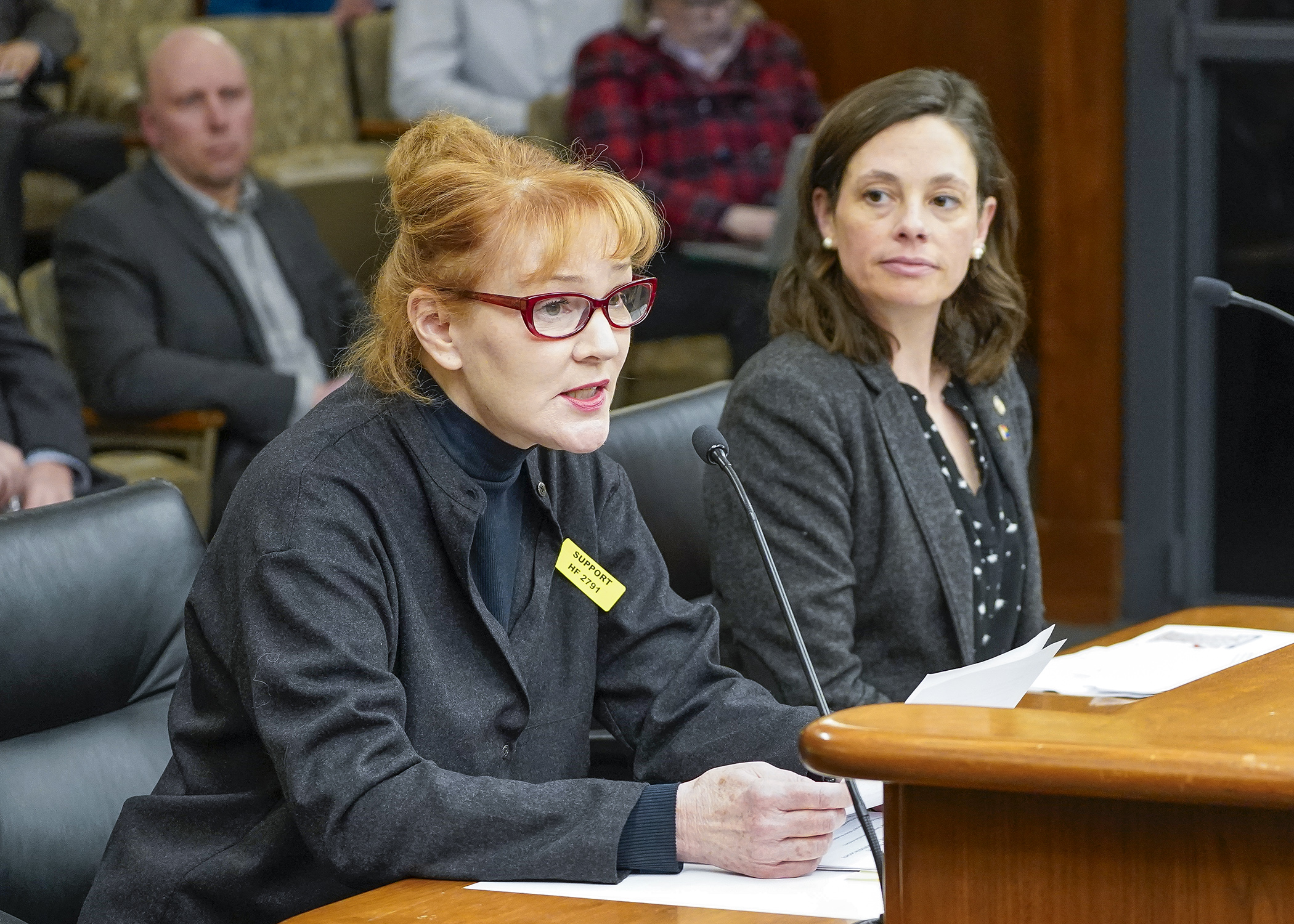Increasing popularity of off-roading requires better trail planning, legislator says

With more than $18 billion in economic impact nationwide, riding all-terrain vehicles and motorcycles is the third-largest outdoor recreation activity in the country, according to 2022 data from the U.S. Department of Commerce.
This ranks well behind using recreational vehicles ($71 billion) and boating ($47.3 billion), but it’s on par with hunting, shooting and trapping.
In Minnesota, the number of off-highway vehicle users has more than doubled in the past 20 years. Vehicle weights and horsepower have increased even more.
The increasing popularity requires the state be more intentional about spaces set aside for ATVs and dirt bikes, said Rep. Kristi Pursell (DFL-Northfield), who sponsors HF2791.
As amended, the bill that would modify planning, placement and use of trails for off-highway vehicles was laid over Tuesday by the House Environment and Natural Resources Finance and Policy Committee.
“We must have a better balance in how we recreate outdoors and how we protect our priceless water, wildlife and habitat,” Pursell said.
The bill would better protect state land and water while offering better coordination in trail building, Pursell said, by doing four things:
- make law consistent across the state regarding use of designated trails and posted signs;
- codify requirements for buffer zones for water protection, especially to avoid the state’s remaining pristine streams;
- require environmental assessment worksheets for all off-highway vehicle projects; and
- ensure tribal and local input early in the process to level the playing field for all levels of government.
The provisions would apply to future, unpaved trails.
Bill supporters say the measures are needed to preserve habitat as off-highway vehicle trails can cause erosion, hinder growth of shrubs and trees, damage wetlands and transfer invasive species.
Opponents say it is a solution looking for a problem and the current multi-step process achieves all the stated aims. Moreover, Itasca County Land Commissioner Kory Cease said the buffer zone requirement would prevent any future trails from being developed in his area.
[MORE: See letters for, against the bill]
Rep. Roger Skraba (R-Ely) said his constituents include people who really want to develop trails and people who don’t want them at all. But, in the end, he believes the current system is working, and the Department of Natural Resources does a good job of overseeing the process.
Related Articles
Search Session Daily
Advanced Search OptionsPriority Dailies
Ways and Means Committee OKs proposed $512 million supplemental budget on party-line vote
By Mike Cook Meeting more needs or fiscal irresponsibility is one way to sum up the differences among the two parties on a supplemental spending package a year after a $72 billion state budg...
Meeting more needs or fiscal irresponsibility is one way to sum up the differences among the two parties on a supplemental spending package a year after a $72 billion state budg...
Minnesota’s projected budget surplus balloons to $3.7 billion, but fiscal pressure still looms
By Rob Hubbard Just as Minnesota has experienced a warmer winter than usual, so has the state’s budget outlook warmed over the past few months.
On Thursday, Minnesota Management and Budget...
Just as Minnesota has experienced a warmer winter than usual, so has the state’s budget outlook warmed over the past few months.
On Thursday, Minnesota Management and Budget...